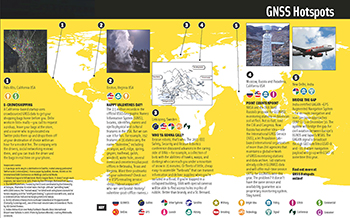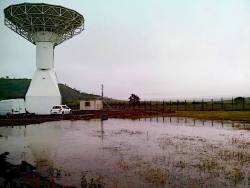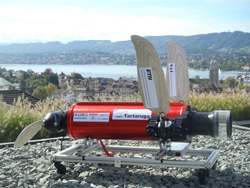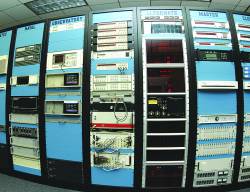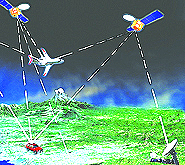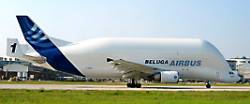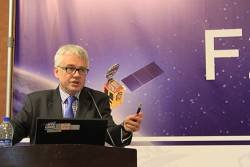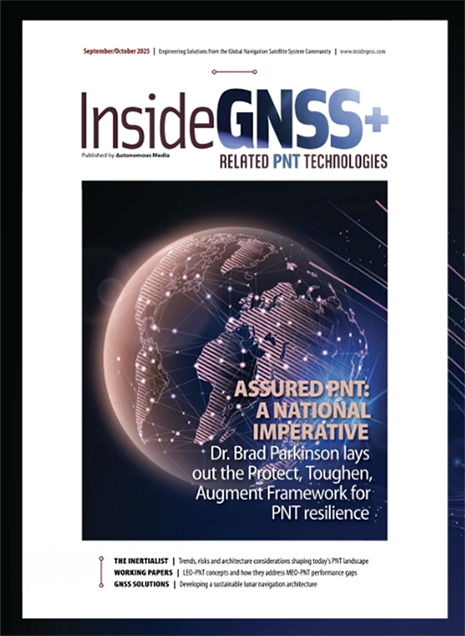November 29, 2015
For an organization with its name, the Federal Communications Commission (FCC) is a remarkably opaque public entity.
Such is the case with the agency’s inaction on requests by foreign GNSS services to waive the so-called FCC Part 25 rules that require licensing of non-Federal receive-only Earth stations (e.g., GNSS receivers) operating with non-U.S. licensed space stations (i.e., satellites).
Although at least one such request has reportedly been submitted, the FCC has not even acknowledged it, let alone moved to render a decision on the request.
Read More >
By Inside GNSS





